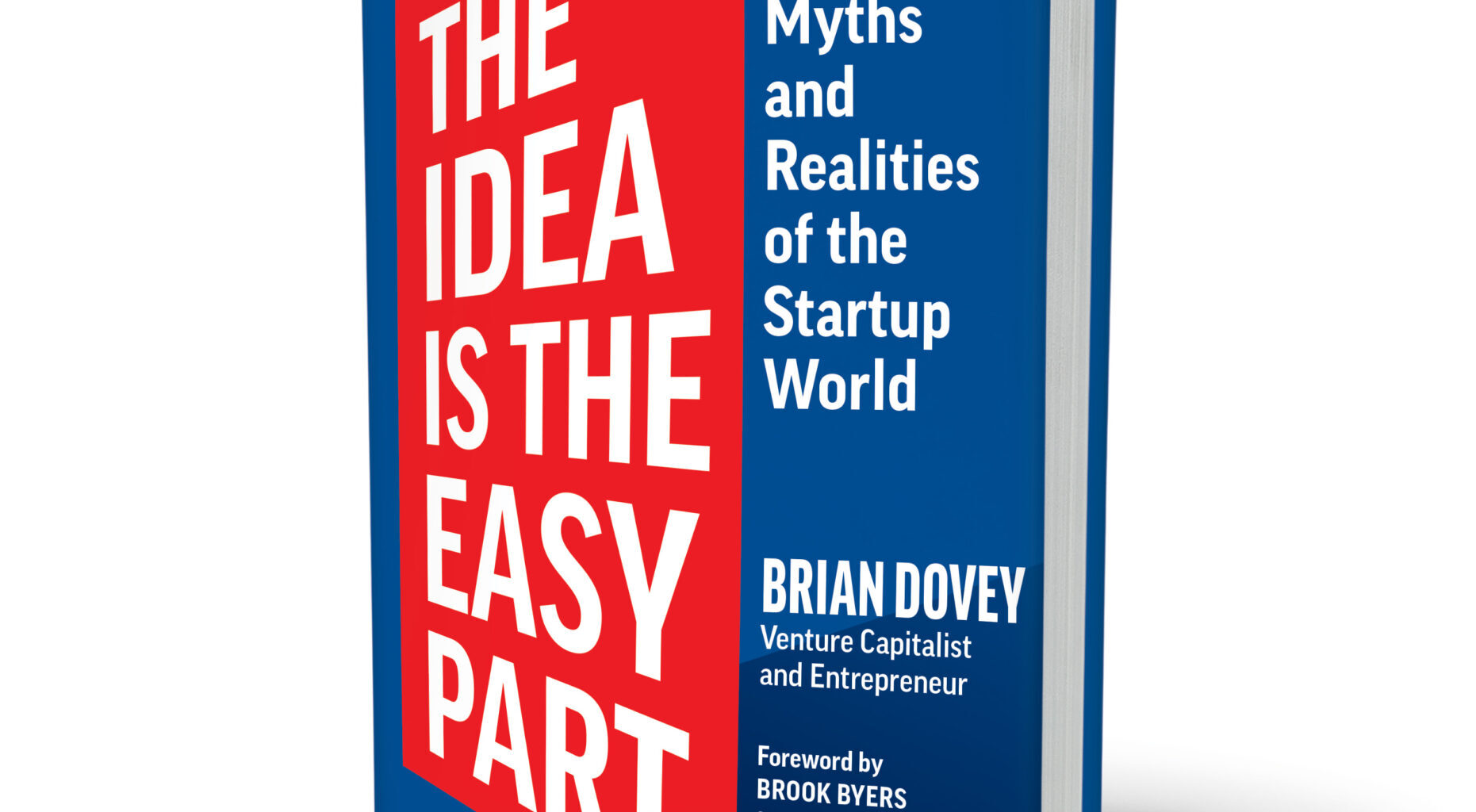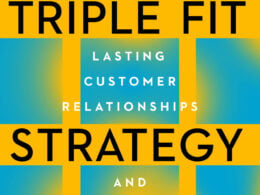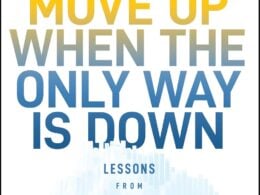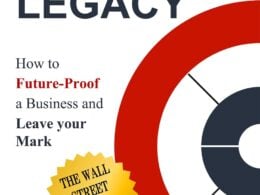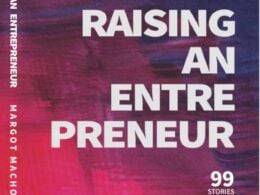The following excerpt is adapted from The Idea is the Easy Part: Myths and Realities of the Startup World, by Brian Dovey, published by Matt Holt Books. Copyright © 2023 by Brian Dovey.
Brian Dovey passed away in August 2023. He was a partner at the venture capital firm Domain Associates, was involved in the development of nearly 300 pharmaceutical and life sciences startups, served on the boards of more than 35 companies (and as chairman of six), and served as president of the company that developed the EpiPen. Brian used his lived experience to debunk the myths of the startup world, shine a light on the realities of being an entrepreneur, and give those interested in startups a realistic guidebook to making better decisions at each major stage of the entrepreneurial process.
When I say that the idea is the easy part, that doesn’t mean all startup ideas are basically equal. It can be a huge challenge to figure out what defines a high-potential opportunity, and it’s one that comes down to two questions. First, what’s a genuine unmet need—something that individuals or business customers will be so happy to have that they’ll gladly pay enough to generate long-term profit for the startup? Second, why should you be the one to fill this unmet need, and will you have the capacity to do it effectively?
New entrepreneurs often go astray on either or both questions because they’re in the grip of two big myths about choosing opportunities.
A small minority of famous startups have a truly breakthrough invention that revolutionizes an entire market. These outliers, such as SpaceX and Moderna, get the lion’s share of media coverage and mass attention. But most successful startups don’t start with any sort of technical breakthrough. Instead, their founders often discover opportunities by seeing a tactic work in another industry, then adapting it to the industry they want to enter. Or perhaps they combine old ideas in new ways.
Consider Peloton, which grew faster than anyone ever imagined before its more recent troubles. The founders started with the smart observation that it’s a hassle to take spin classes, particularly in big cities. You have to reserve a slot in advance, if you can even find a session that fits your schedule. Then you have to drop whatever you’re doing to get there on time. But when you get there, the trainer might be mediocre or worse. The idea of offering spin classes at home with the country’s best instructors filled a genuine unmet need. It was better than a gym class and better than biking outside if you lived somewhere cold and rainy—and much better than a stationary bike in your home without an instructor to motivate you.
Another great example is Five Guys, which found a genuine unmet need within the crowded space of fast food. They saw that McDonald’s and its competitors were offering fast, cheap, and average quality, but what about people who would be happy to pay more and wait longer for higher quality? That could be a potentially lucrative niche, in between traditional fast food and sit-down restaurants. So Five Guys set out to upgrade all the components they needed, sourcing better burgers, fries, buns, and so on. They proved that an idea as old as the hamburger could still provide a great opportunity for a clever startup.
One key to this kind of play is expectations management. Five Guys couldn’t promise investors that they would scale like McDonald’s, but they didn’t need to. They just had to prove that there was a smaller but enthusiastic market. By now we know that the chain is actually in a different market from that of McDonald’s, which generally ignores Five Guys. Despite McDonald’s size and muscle, trying to compete with Five Guys would make McDonald’s slower and more expensive, putting their primary business at risk.
Most people hate change, even if a new option is objectively better than the status quo. Even B2B customers hate changes to their business processes. I’ve found that the biggest obstacle to progress in any field is the human instinct to say, “If it ain’t broke, don’t fix it.”
Most demand for innovation comes from people trying to solve a problem, not make something that already exists a bit better. The same is true for most major purchases. People usually need a good reason to deviate from what they’re already doing—either because they think the change will solve a problem or because they want to keep up with what their friends are buying or what the Joneses down the street are buying.
Customer loyalty to existing brands has wrecked many start- ups trying to sell a proverbial better mousetrap. Even if you can develop a better bandage to compete with Band-Aid or a better soft drink to compete with Coca-Cola, I strongly encourage you to look elsewhere. Similarly, if you’re looking at a sector plagued by customer dissatisfaction, thinking you can do better, be very careful. You will need a deep understanding of exactly why that sector is fundamentally troubled, which is likely to reveal that its core problems are unsolvable. Any improvements you offer will likely only add marginal value.
A prime example is the airline industry. Virtually everyone is dissatisfied with the level of service, regardless of the carrier. But there’s a fundamental reason why airlines are inherently troubled: there’s almost no variable cost per passenger. It requires a huge, fixed cost to fly from point A to point B, but that cost doesn’t change when you add one more passenger. So airlines will do anything to keep adding flyers, because marginal revenue from the last person to buy a ticket falls to the bottom line, and every vacant seat at takeoff is a lost opportunity. This model creates incentives to keep degrading the customer experience. Hey, if we cut two inches from the leg room of every seat, we can fit another row in coach! So everyone loses two inches, the snacks shrink or vanish, and everyone complains. But we keep flying because nearly every airline does the same thing. It’s even hard to comparison shop on price because the airlines match each other’s prices.
Improving service comes at a high cost in any field where brand loyalty is low and price sensitivity is high. Even if a new entrant could solve these structural problems, they’d just serve as a proof of concept for larger airlines to copy. There’s no unfair advantage for any startup, which is why innovators like JetBlue and Virgin Atlantic have struggled. Just because an industry or market is deeply flawed doesn’t make it a good opportunity.
A BETTER STRATEGY: THE FIVE CRITERIA OF GREAT STARTUP IDEAS
I judge every startup proposal by five essential issues that help me answer the two core questions: Has the startup identified a genuine unmet need, and does it have the practical ability to fill that need?
- Market: Are you addressing a true unmet need, or is it just nice to have?
- Competition: Who will be threatened by your idea, and how will they respond?
- Technology: Do you have the technical capacity to execute your idea at scale?
- Proprietary position: What’s your unfair advantage that will stop others from copying your idea?
- Financial requirements: Can you generate enough cash before going broke or before your investors bail out?
If your startup idea passes these five tests, you’ll be much more likely to get the capital you need. That still doesn’t guarantee success, of course. Some famous startups failed these tests but still worked, while others passed all five but still flopped. It’s a matter of playing the odds. Complying with all these tests may lead to a startup that’s too bland, so I actually like to invest in startups that violate one or two of them if the opportunity is truly unique.
Market research has always been an inexact science, or worse. As Henry Ford famously said a century ago, “If I had asked people what they wanted, they would have said faster horses.” But this doesn’t mean you should avoid surveys or focus groups. Those tools are much more rigorous than they used to be, and they often yield valuable insights about a market you’re considering. However, you must temper that research with intuition and common sense. Think of the market-evaluation process as both an art and a science.
Let’s say you’ve identified what you believe to be a significant unmet need, and you’ve attempted to quantify the market for your solution. You could be completely wrong by either overestimating or underestimating demand. I’ve seen many focus groups that later declined to buy the product they were enthusiastic about when the cameras were rolling. I’ve also seen market researchers predict doom for products that became big hits. Even some very smart VCs thought that eBay would fail because no one would trust a stranger to ship something after they had paid for it online. Airbnb couldn’t raise a penny early on, because who would let a stranger sleep on their couch or pay to sleep in a stranger’s bed?
Vivus: When a Niche Becomes a Mass Market
My favorite example from personal experience is Vivus, which developed the first FDA-approved prescription drug for erectile dysfunction. As part of our market research, we surveyed internists and urologists to ask how many of their male patients were complaining of the affliction then known as impotence. Very few men were asking for help with that problem, so we assumed that the market would be small. It would be a niche drug for a relative handful of patients. Before the launch, we planned a marketing campaign to raise awareness of this rare condition. We even lobbied the NIH to change its name from impotence to ED, hoping that a new name would reduce any embarrassment that kept men away from their doctors.
But there were early signs that our analysis of the unmet need might be way off. For instance, when I visited Vivus in San Fran- cisco for a board meeting, the driver who met me at the airport asked why I was in town. When I explained what Vivus was creating, the driver immediately asked for samples for him and his friends. Such moments led us to do focus groups, where it became clear that men with even mild or moderate symptoms were very interested. The product wasn’t just for those with a serious medical problem.
Not long after, during a meeting at the FDA, the drug’s reviewer asked, “How do you know this won’t be used for recreational sex?” The angel on one shoulder told me to be bite my tongue, but the devil on the other shoulder forced me to reply, “What other kind is there?”
When we launched, the word of mouth was so overwhelming that Vivus was out of stock in about a week. It became the fastest- selling prescription drug ever in the first month of its launch. A few years later, we lost that record to Pfizer, with its launch of Viagra.
Studying the competition requires a clear-eyed look at who you’ll be up against if you enter a sector and whether you have a real, defensible advantage. Have your potential competitors already tried to offer something similar? Might they have anything new in the pipeline? Do you think you have more expertise than they do? Perhaps the most important question: Who will be hurt if your startup succeeds, and how far will those competitors go to protect the status quo? What can they do to thwart you?
Any large company has advantages against a startup because of its existing infrastructure, customer relationships, supplier relationships, and easy access to additional capital. So if you’re trying to improve an existing product or service, you will be at a huge disadvantage relative to the big guys.
Some founders think they can minimize this disadvantage by only going after a small slice of an existing market. This is an old myth that goes back at least to the 1970s, when tech startups used to say, “If we can just get one percent of IBM’s market share, we can make a fortune. They’re so big that they won’t even notice.” That strategy didn’t work back then, and it still doesn’t. Large incumbents will fight you for every scrap of market share because their executives are rewarded or punished based on small shifts in market share. They have the staff and resources to constantly scan the horizon for new threats, which makes flying under the radar almost impossible.
It’s tempting to think that cool new technology is enough to make a startup work, but technology won’t matter if the other criteria don’t line up. I have several key questions for any tech- driven startup: Will the technology work as promised? If so, can it be done at a reasonable cost? How much time and effort will be required to make it work? How many things have to go right for it to be successful?
You can get in big trouble if you start with a high-tech solution and then look for a question it can answer. For instance, the Segway electric scooter was a very impressive technology because its automatic balancing mechanism made it easy to ride with minimal skill or practice. But after launching with a ton of media attention and word of mouth, it never found a “killer app” usage to generate demand beyond the initial wave of curiosity. Its developers searched in vain for an unmet need the Segway could fill, so it remained merely a “nice to have” product for people who bought expensive toys.
Conversely, you can also get in trouble by overpromising on technology that can’t quite do in practice what seems possible in theory. I was reminded of this while following the downfall of Theranos and its now infamous CEO, Elizabeth Holmes. Her ambitious goal—a small machine that could analyze a very small blood sample in a drugstore or doctor’s office, eliminating the need to send large blood samples to a lab—would have filled a genuinely unmet need. The potential was sky-high, but making it work would require solving six or seven separate technical challenges. It appears that Holmes underestimated the multiplier effect that governs such situations—a law of math that I learned at a very steep cost.
Questions to Ponder On Choosing Opportunities
- Are you truly addressing an unmet need, or are you offering something that your potential customers could easily live without?
- What incentive will they have to switch from whatever they’re using now to whatever you’re offering?
- Can you overcome their innate resistance to change?
- How reliable is your research into the competition—not just existing players but anyone else who might enter your space before you get off the ground?
- If your idea is so good, why hasn’t anyone thought of it sooner? Or do you really think you can simply execute it better than anyone else?
- How hard will it be to make the technology work?
- Once you start operating, how hard will it be to prevent others from copying you?
- Does your financial model make sense? Will you start making money before you run out of capital?
- Are there good intermediate benchmarks to prove that you’re on the right path before you burn too much capital?
For these and other questions, you will be tempted to give optimistic answers and assume everything will go the way you hope. But please remember that the cost of discarding a startup idea before you launch is zero. In fact, each idea you discard will make you a little better at evaluating the next idea that crosses your mind.


